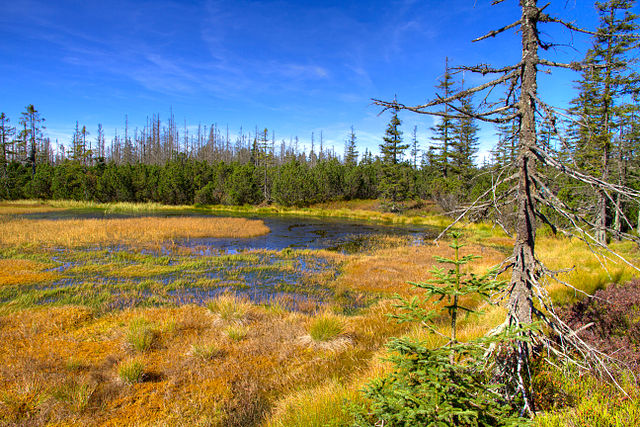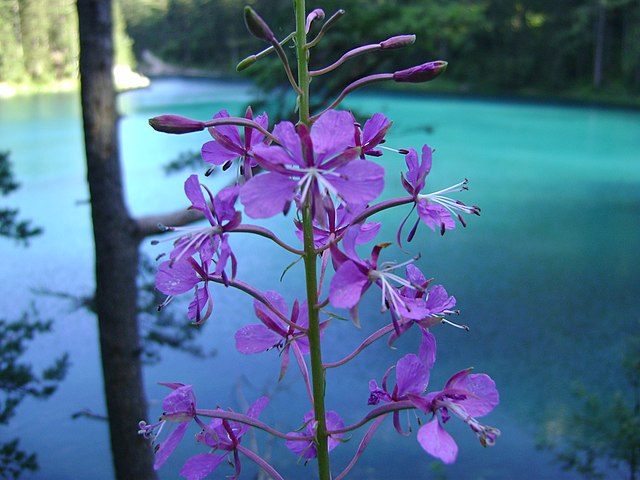As the photo contest goes by and most countries ended upload campaigns, time comes to organize images. Many things are to be arranged by local organizers — sorting out ineligible photos, adding categories / templates, correcting mistakes. These things may sound trivial at first glance but are really helpful afterwards.
Our dear contributors are encouraged to add meaningful descriptions to their files if they didn’t provided them while uploading and there is no autocomplete available. To do this, user only needs to find edit button at the top of the file page and write down a few words after “description”.

Continue reading “Looking for quality, featured, valued images”





















